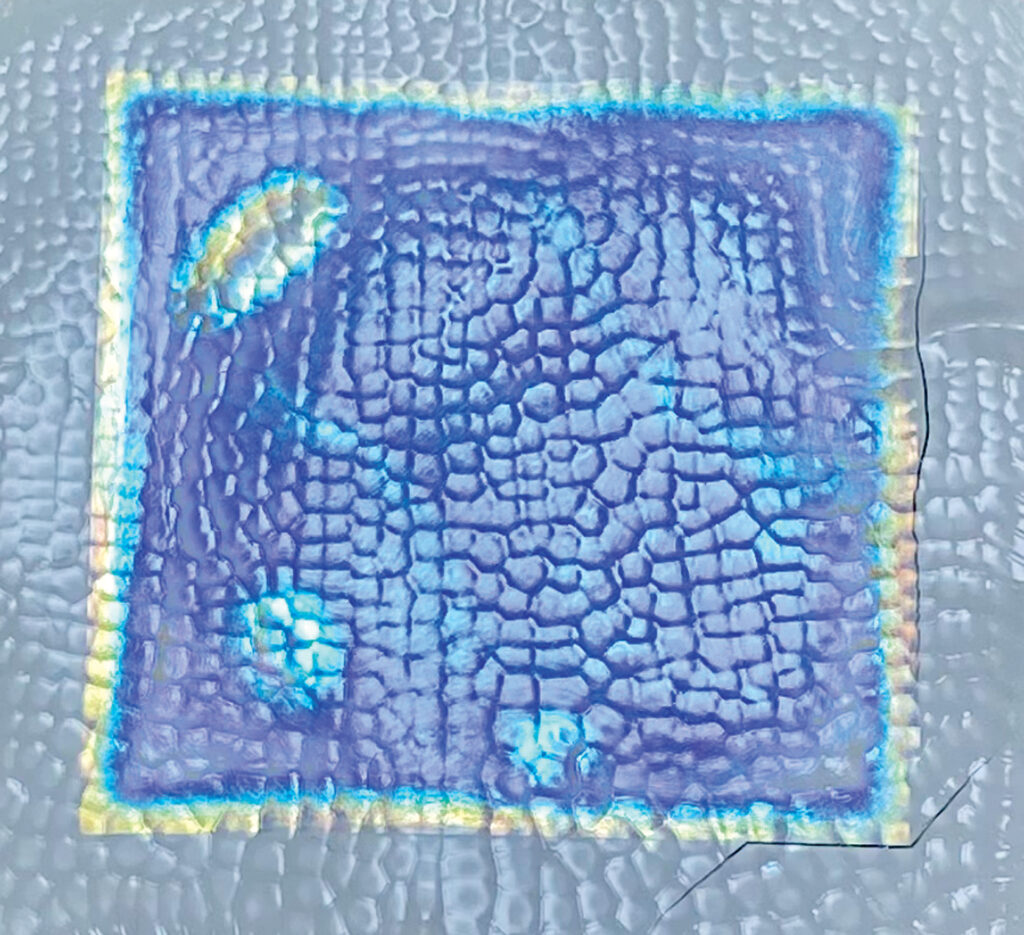
Keeping buildings cool typically means releasing greenhouse gases. Researchers from the University of Cambridge in England recently unveiled a bio-based cellulose film that gets cooler when exposed to sunlight and does not require an external power source. And it comes in colors, without using dyes.
Silvia Vignolini, Ph.D., found that cellulose nanocrystals could create colorful films without adding pigment. “I thought ‘Wow, this is really amazing,’ and ‘I never really thought cellulose could do this.’”
“Cellulose … almost doesn’t absorb solar energy,” says Qingchen Shen, Ph.D., in his briefing about the research, posted on YouTube by the American Chemical Society, “and it also has a very high thermal emissivity in the infrared band. Both properties are very critical for achieving the radiative cooling.”
The researchers found that their blue, green and red two-layer films were an average of 7 F cooler than the surrounding air. Production of the films could be scaled up, as they were prepared several meters at a time on a manufacturing line.
Next, the scientists hope to add different textures to the cellulose film for home decor uses and incorporate detectors for smog-causing molecules.
 TEXTILES.ORG
TEXTILES.ORG


